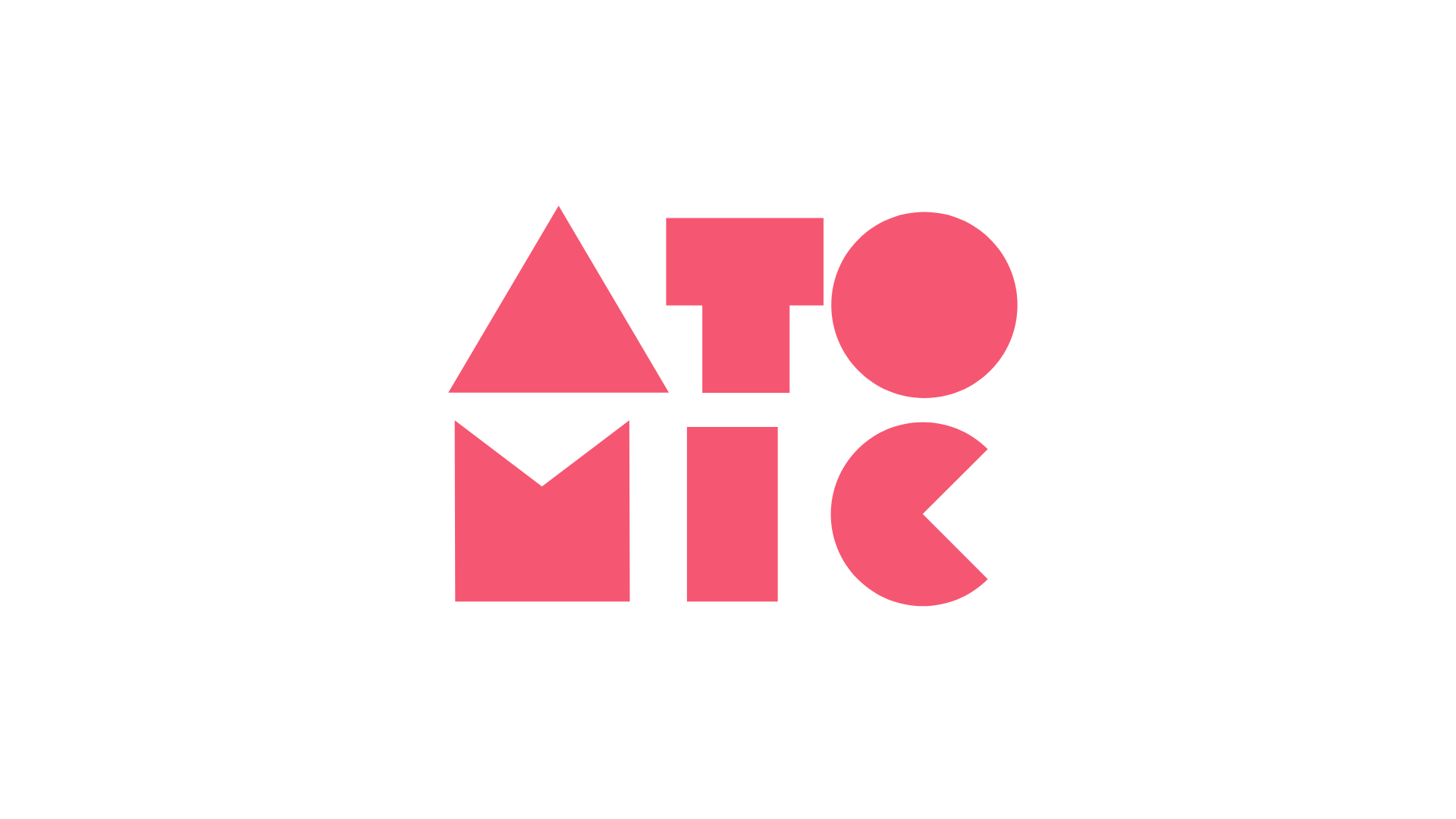Down with Jargon? The Need for Accessible Language in Science & Tech Comms
- ATOMIC

- Apr 23, 2024
- 3 min read
Updated: Apr 29, 2024

Although useful in certain circles, if jargon is used with the wrong audience, it creates a "looking down" interpretation that offends your reader and makes them more likely to challenge your message.
We're all guilty of dropping some jargon to make a quick point. Although it can seem like a cheat code, it could be holding us all back.
Communication is critical to building understanding and support, particularly when discussing the ivory towers of science and technology. Research has revealed how the use of inaccessible language can turn readers off — readers who could be potential champions, clients, and investors.
A study led by Olivia M. Bullock at Ohio State University (OSU) outlines some eye-opening implications of jargon used in science, technology, and policy communications. The findings offer fascinating insights into how using accessible language can enhance public engagement with science and technology discourse.
Alienating your audience can be costly. But first, the case for jargon.
Jargon can be helpful, particularly in professional circles:
Increased Efficiency & Precision 🎯 Jargon can provide a shorthand way to express complex ideas quickly and precisely. It's useful in settings where everyone is familiar with the terminology, saving time and avoiding lengthy explanations.
Establishes Credibility ✔️ In professional settings, using jargon can signal a deep understanding of the field, establishing credibility and expertise amongst peers.
Creates a Shared Language 💬 For those within the same field, jargon fosters a sense of community and belonging. It becomes a flag of in-group membership and reinforces bonds.
Despite the benefits and efficiency impacts of jargon, a 2020 study out of the University of Southern California revealed that jargon users may be dealing with status anxiety.
"The more worried people are about their status, the more buzzwords they use.... 'What our research shows is that jargon is a status signal, just like an expensive car or a tuxedo.'" — Inc.com
Jargon's Downside: Frustration & Pushback
Because jargon can obscure meaning, it creates a barrier to understanding and audience engagement.
The complexities of technical language create significant barriers that alienate non-expert audiences and hinder effective communication. Jargon also carries risks, particularly when communicating with the general public or interdisciplinary audiences.
The OSU team found a number of negative impacts:
Frustration & Disengagement 🤷 Participants exposed to jargon showed lower processing fluency, and found it difficult to assimilate information. This lack of understanding leads to frustration and disengagement.
Opposition & Persuasion Resistance 🙅 Lower processing fluency led to higher resistance to persuasion. This includes counter-arguing and reactance, where individuals are more likely to oppose the messages presented.
Heightened Risk Perceptions 👀 Difficulty in understanding content due to jargon increased perceptions of risk among participants regarding new technologies. This is especially problematic for sectors like biotechnology or pharmaceuticals, where public acceptance is crucial for mass adoption.
Reduced Support for New Technologies 🦾 Participants exposed to jargon were less willing to support or adopt new technologies, influenced by their challenging processing experiences and heightened resistance. Participants who faced challenging texts exhibited lower levels of support for the adoption of innovations like self-driving cars, surgical robots, and 3D bioprinting.
"Because science communication often serves to introduce scientific advancements to non-scientific audiences, these results suggest that initial messaging should strive to facilitate an easy processing experience and eliminate jargon where possible."
More to the Story: Implications for Business, Innovation, and Science Communication
The Ohio State findings suggest that simple, accessible language in science and business communications can significantly improve public engagement and support for new innovations.
To bridge the gap effectively, some tips:
Plain Language 💬 Simple language is accessible to a broader audience, which enhances inclusivity and broader understanding.
Organize Information ☰ To enhance processing fluency, information can be organized in a digestible manner, making it easier for the audience to process and engage with the content.
Simplify to Build Trust 👍 Strategically use simpler language to make the content more relatable and trustworthy.
Tailor Content for Your Audience 🎯 By understanding the audience's knowledge level and preferences, you can hone your messaging for each segment.
Use Definitions Wisely 🤓 Defining technical terms can help, but simple language is even better wherever possible.
Test Content 🔬 By checking with people from your target audience, you can help gauge how well your content is being understood and perceived.
Final Thoughts on Accessible Language
The key takeaway here is that the audience comes first, then your message. Once we square that away, then the message can be crafted for deeper understanding.
By collectively reducing jargon and focusing on clarity, we can foster greater understanding and support for scientific advancements and technologies. As our society continues to become more technologically complex, accessible communication is sure to become all the more critical.
What type of content would you like to see more of on the ATOMIC blog?
Tips: content, marketing, and creative
Research findings
Case studies and real-world experiences
Industry insights

Comments